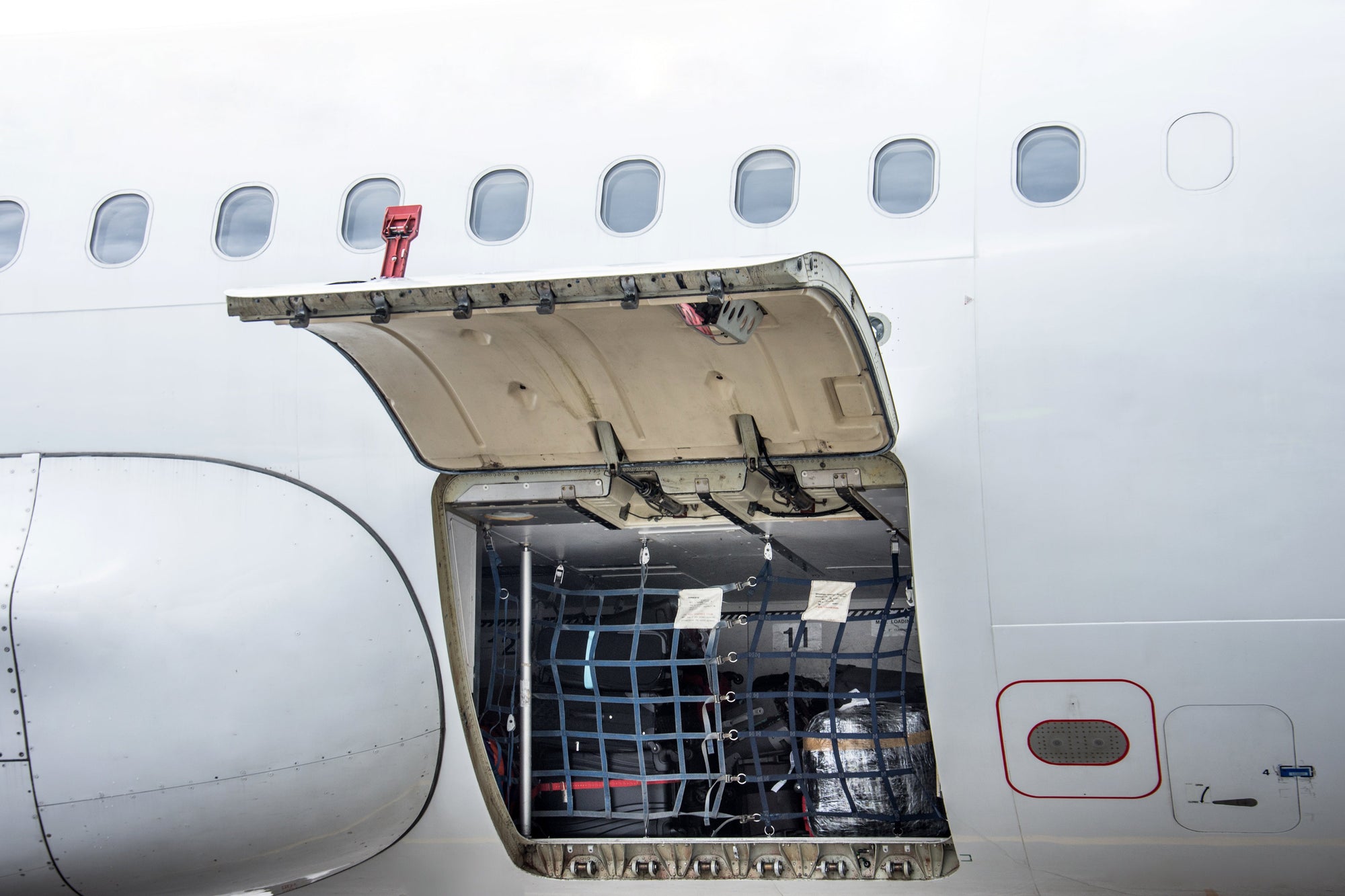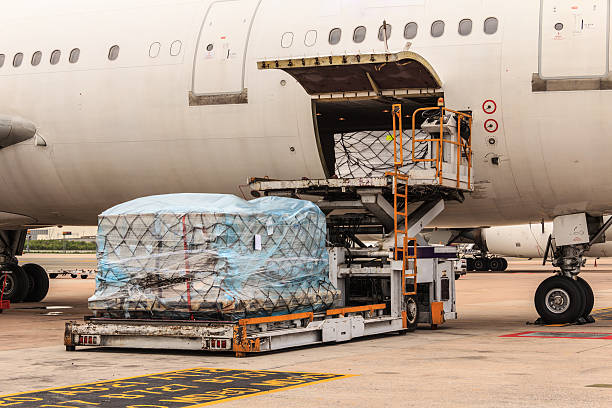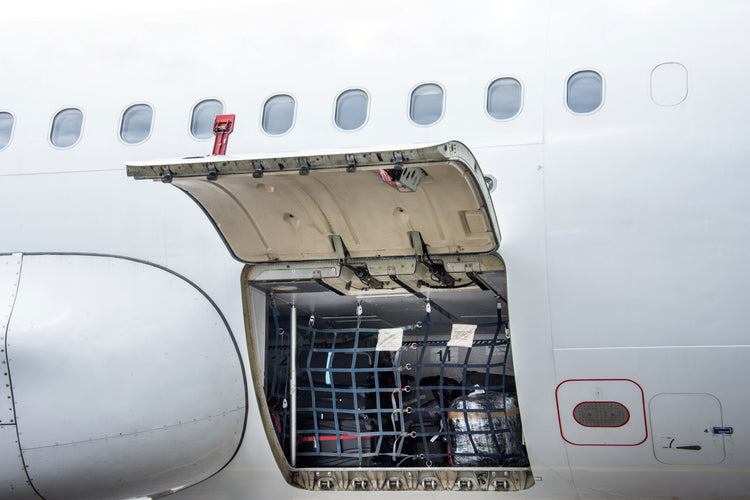
Nets are a common sight in aviation operations. You can notice nets mounted on the back of aircraft seats, used on trolleys to transport cargo, and even fitted inside overhead luggage compartments.
From transporting cargo in the airport to securing it on an aircraft, there are several ways to use nets throughout the process. Nets are used to protect passengers and aircraft crew in an aeroplane, secure cargo and luggage, and to safeguard passengers’ luggage on conveyor belts. They are also used to secure cargo and luggage on trolleys, and they help protect baggage handlers when loading and unloading goods.
Aircrafts also make frequent use of associated fittings, such as webbing straps to secure loads. Types of nets commonly used in the aviation sector include:
- Aircraft seat pocket nets
- Load control nets
- Webbing straps
- Conveyor belt nets
- Other storage and stowage nets
Aircraft seat pocket nets
Aircraft seat pocket nets are small storage nets mounted on the backseat of aircraft seats to store small items like bags and magazines during flight.
They keep items secure, and help prevent guests from leaving behind personal belongings.
Load control nets
Load control nets keep heavier loads secured. They are often used by ground crew in airports to transport cargo and luggage to and from aircrafts. On ground, they are used on transport vehicles, pallets, and trolleys. They are useful in helping keep ground crew and baggage handlers safe when dealing with heavy loads.
A reliable choice for load control nets is webbing nets, also known as lashing nets. They can be used to secure loads in various applications, and help prevent loose baggage items from shifting during flight. They are durable and strong, making them ideal for use in aviation to control heavy cargo. They are popular for use in aircraft cargo hold areas in particular.
Webbing nets can be used alone or in combination with a cargo net for extra load protection or to contain smaller items. This helps keep both cargo and workers safe. Additionally, properly secured cargo prevents issues like baggage doors opening post-flight.
Overhead luggage compartments also have load control nets fitted in them. They help keep carry-on luggage in place during flight. This keeps passengers and airline crew safer.
Webbing straps
Webbing straps are a versatile and practical item that can be used to secure heavy loads onto transport vehicles. They can be used on their own or in conjunction with netting to create custom solutions for your needs.
There are many different types of webbing available, each with its own unique properties. If you need to customise your webbing straps, you can add end fittings to them. These fittings can help you create a solution that’s perfect for your specific needs. Some examples of end fittings include:
- Anchor plates
- Cambuckles
- Metal hooks
- Ratchets
- Side release buckles.
Conveyor belt nets
Used under conveyor belts, these nets are meant to protect goods moved using conveyor belts. They help reduce damage to products, and are particularly useful for goods that may be more delicate. These nets are commonly used under baggage carousels at airports to protect luggage on them.
Other storage and stowage nets
Nets to secure small items during transportation or storage, preventing movement or damage. They are essential for keeping items organised, secure, and easy to access during flight. Storage and stowage nets are commonly used in overhead stowage bins to store carry-on items, and in aircraft dog boxes for storing flight-critical equipment (fire extinguishers, oxygen) and crew items.
Aviation nets need to comply with certain legal requirements and have to be certified to the right standards. These include:
- F2 12 second vertical burn test: CS 25.853(a) Amdt. 21 App.F Pt.l(a)(1)(ii) & (b)(4)
- F3 15 second horizontal burn test: CS 25.853(a) Amdt. 21 App.F Pt.l(a)(1)(iv) & (b)(5)
Ready to find your netting solution?
Nets help make aviation safer and more organised for all involved.
Contact us today to discuss your requirements.




